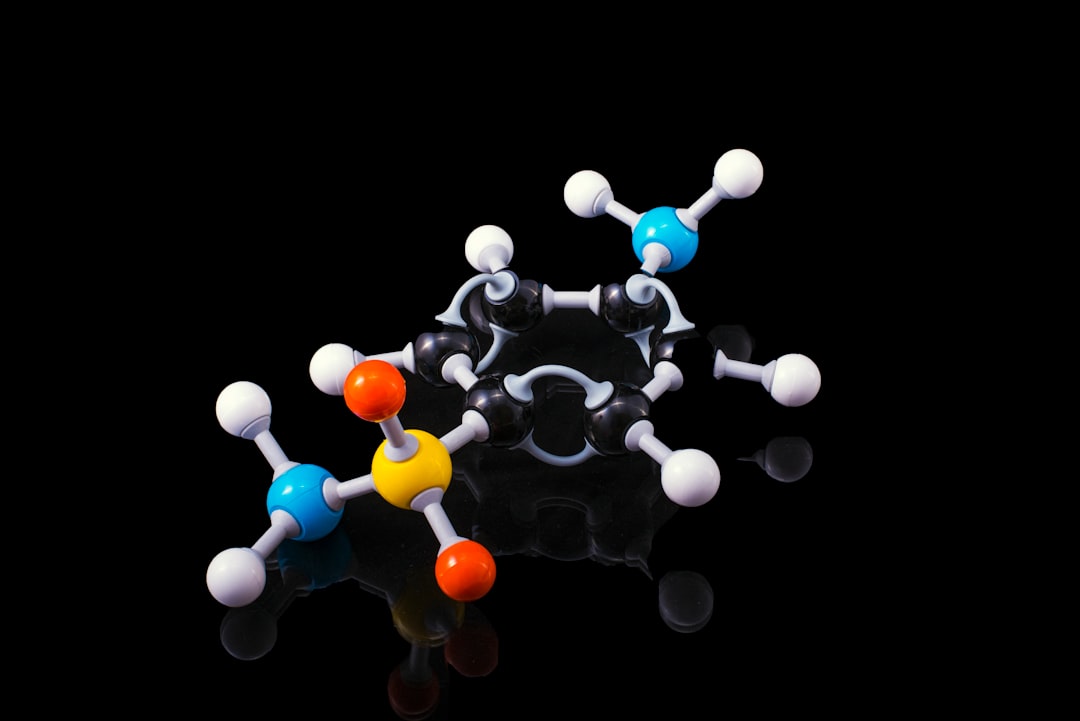What is it about?
This work reports for the first time, the development of a novel biodegradable self-setting orthopedic cement based on amorphous magnesium phosphate (AMP). As opposed to the conventional acid-base reactions, the amorphous phase (AMP) undergoes controlled hydrolysis in the presence of a promoter such as poly vinyl alcohol (PVA). The resulting material sets without exothermicity and consists of a nanocrystalline phase (cattiite). The results showed that the setting time of the cement was in the clinically relevant time range, while in vitro cell culture results confirmed the cytocompatibility of the cement. Soaking in simulated body fluid (SBF) resulted in a change in the structure and morphology of the cement. Introduction: The motivation of the present work stems from the recognition of Mg-phosphates as an important group of biomaterials, while exploring newer varieties of Mg-phosphates. This work is the first ever attempt to develop a self-setting AMP-based orthopedic cement analog of a better-known amorphous calcium phosphate (ACP) counterpart, such as -BSM [1]. Instead of taking advantage of conventional acid-base reactions, the cement undergoes hydrolysis of AMP under mild processing conditions at room or body temperature (e.g., 20-40°C.), neutral pH, within clinically relevant time frames, and in the presence of a promoter (polyvinyl alcohol (PVA) [2]. Different concentrations of PVA were chosen to study the setting process, mechanical properties and bioactivity. Material and Method: 1g of precipitated amorphous powder was mixed with 2 ml liquid phase of PVA solution to form a homogeneous paste at neutral pH, and introduced into a mold to make a disk sample for further characterization. The amorphous precursor of AMP was prepared through precipitation technique [3]. Results and Discussion: After mixing the powders with liquid phase, cement became a putty-like material which could be easily shaped. The setting process did not generate heat, and temperature remained about 75 Fahrenheit. X-ray results showed final phase became cattiite in naocrystalline form (Figure 1). The setting time of AMP-PVA cement showed faster setting behavior than a control group of cement without PVA, which was about 3-10 minutes. Increasing PVA concentration in cement up to a certain point enhanced the compression strength of the cement due to increased interphase between the ceramic and polymer phases [4]. It was observed that AMP precursor is composed of agglomerated nanospherical morphology. Once set with water and PVA solution, the nanospheres transformed into clusters of sharply shaped, plate like structure of cattiite. Cement also showed high bioactivity once soaked in SBF. Significant phase and structural change were observed for all compositions soaked in SBF. Cell viability, gene expression, and SEM (Figure 2) results also confirmed the cytocompatibility of the cement. Conclusion: A novel non-exothermic composition of orthopedic cement from AMP and PVA was developed in this work. Utilizing amorphous phase as the starting material solved the problem of heat generation of conventionally acid-base cement. The final phase became nanocrystalline structure resembling naturally occurring bone. The findings here suggest that AMP, just like ACP can act as a starting precursor of self-setting cement and also utilizing other hydrophilic, biocompatible polymer to develop composite cement.
Featured Image
Read the Original
This page is a summary of: Development of non-exothermic orthopedic cement compositions based on amorphous magnesium phosphate (AMP), Frontiers in Bioengineering and Biotechnology, January 2016, Frontiers,
DOI: 10.3389/conf.fbioe.2016.01.02544.
You can read the full text:
Contributors
The following have contributed to this page










